power
Latest
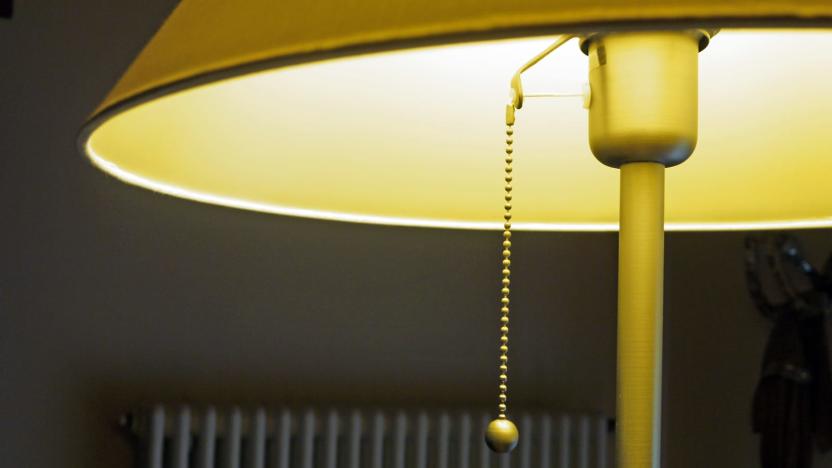
Americans are using less energy by staying at home
Americans are using less energy -- paradoxically, by spending more time indoors, according to a new study in the journal Joule. But researchers point out that keeping more lights on was offset by lifestyle changes that kept people inside instead of roaming around offices and retail stores -- like, say, online shopping and working from home. Despite energy consumption worldwide increasing every year, this slight uptick in American hermitage reduced national energy demand by 1.8 percent over a year.
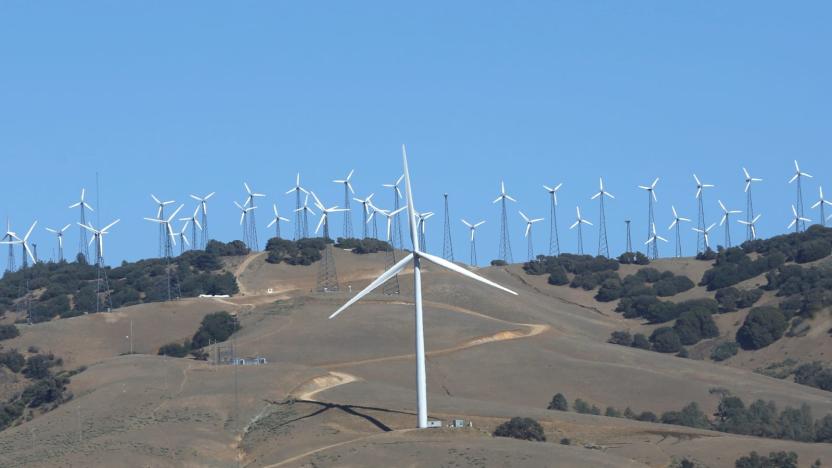
Nearly all new US electricity capacity was renewable in 2017
Renewable energy played an important role in the US last year... although you might not want to cheer too loudly. Data from both the Rhodium Group and the Energy Information Administration shows that solar and wind power represented 94.7 percent of the net new electricity capacity (15.8GW out of 16.7GW) added in 2017. However, that's mainly because fossil fuel power continued to fade away. Electrek noted that plant closures removed 11.8GW of utility-scale fossil fuel power from the equation -- this was more a testament to the decline of coal than a triumph for green tech.
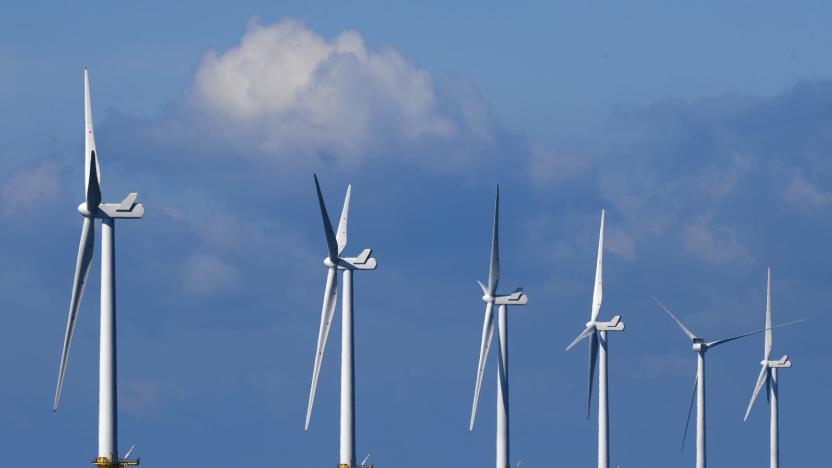
Renewable energy outstripped coal use in the UK for most of 2017
The UK has been working to significantly reduce its carbon emissions and with that effort, it hit some major green milestones this year. In April, the country went a full day without coal-generated power for the first time in 135 years. And in June, the country saw more than half of its energy being generated by renewables (i.e. solar, wind, hydropower and biomass) for the first time.

Apple says slower performance of older iPhones is intentional
You're not alone if you've noticed a slowdown in the performance of your older iPhone. The thing is, it may be more related to your battery than the phone itself. After a post on Reddit and a followup by benchmarking software Geekbench's founder, Apple told TechCrunch that it released a fix for premature shutdowns last year for iPhone 6, 6s and SE by smoothing out CPU demand when a battery is older, cold, or just low on juice. Apple also said that it recently extended this slowdown feature to iPhone 7 devices running iOS 11.2, and plans to "add support for other products in the future."

MIT is redesigning power converters to make the grid more efficient
Electrical efficiency affects a massive number of devices, from the relatively tiny phones in our pockets all the way up to electric cars and the power grids keeping our houses running. Power converters are a particularly important part of the equation, as they're the devices that bring the high voltages coming through power lines down to more manageable levels for household outlets. MIT, along with semiconductor company IQE, Columbia University, IBM and the Singapore-MIT Alliance for Research and Technology have announced some breakthroughs on making that part of the equation more efficient.

Cigarette butts could be reborn as green energy storage
It's no secret that smoking is seriously bad news for your health, but the impact of the habit on the planet's health is pretty bleak, too. Every year nearly six trillion cigarettes are smoked around the world, generating more than 800,000 metric tons of cigarette butts. Something has to be done with them all, and they usually end up in landfill (or leaching into waterways). But now, scientists have discovered they may have a hidden potential: hydrogen storage.
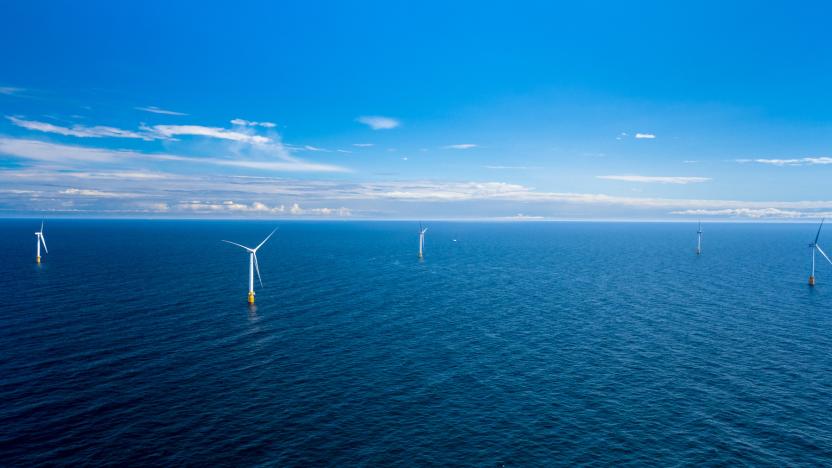
World’s first floating wind farm powers up in Scotland
The blades of five huge turbines have begun spinning on the world's first floating offshore wind farm, located over 15 miles off the coast of Peterhead, Aberdeenshire in Scotland. First Minister Nicola Sturgeon is cutting the ribbon on the renewable energy site today -- presumably in an on-land ceremony -- which is capable of pumping 30 megawatts of clean electricity into the grid. In more human terms, that's enough to power approximately 20,000 homes. The turbines of Hywind Scotland stand 253 meters tall in total (around 830 feet), with 78 meters (256 feet) of that bobbing beneath the surface, tethered to the seabed by chains weighing 1,200 tonnes.
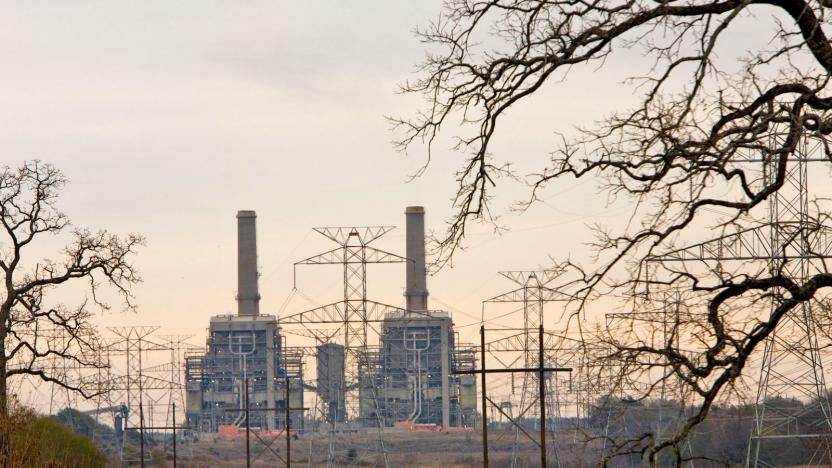
Coal power plant closures ramp up in spite of White House plans
The Trump administration may hope that it can reverse coal power's decline by ending the Clean Power Plan and other eco-friendly efforts, but the industry's moves suggest otherwise. Luminant has announced plans to close three major coal plants in Texas (in Freestone, Milam and Titus counties) between January and February of 2018. The shutdowns will take a combined 4,200MW of power off the grid -- enough to run over 4 million homes, as Reuters notes. The news boosts the expected capacity of 2018 power plant closures to over 13,600MW, or a whopping 79 percent more than the known closures for this year. It's not a record high (nearly 18,000MW went offline in 2015), but it's clear that the trend is toward more closures, not fewer.
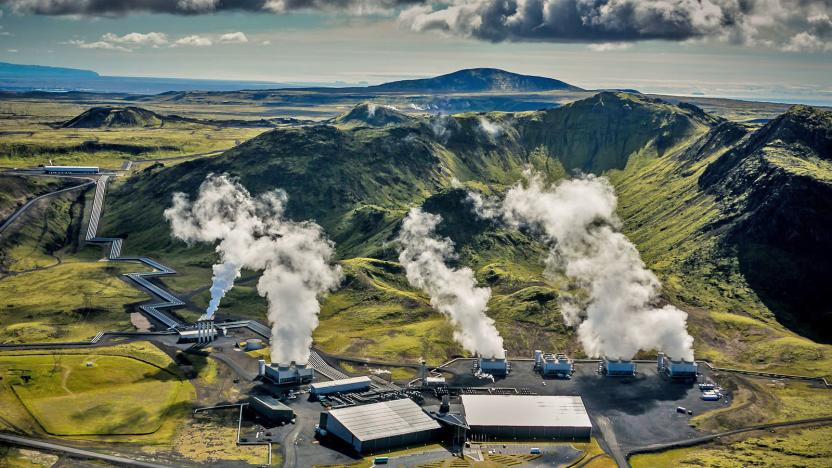
First-ever 'negative emissions' power plant goes online
Unfortunately, it's no longer enough to cut CO2 emissions to avoid further global temperature increases. We need to remove some of the CO2 that's already there. Thankfully, that reversal is one step closer to becoming reality. Climeworks and Reykjavik Energy have started running the first power plant confirmed to produce "negative emissions" -- that is, it's removing more CO2 than it puts out. The geothermal station in Hellsheidi, Iceland is using a Climeworks module and the plant's own heat to snatch CO2 directly from the air via filters, bind it to water and send it underground where it will mineralize into harmless carbonates.

Microsoft buys 15 years worth of energy from GE’s Irish wind farm
Microsoft announced that it has bought all the energy that will be produced for the next 15 years by GE's 37-megawatt Tullahennel wind farm in Ireland. But this isn't just a good marketing move: Both companies will take the opportunity to mine the powerplant's data to understand how each turbine's battery can better store energy and potentially redistribute it back into the grid. As Microsoft's statement notes, it's the first deployment of battery storage integrated with wind power in all of Europe.
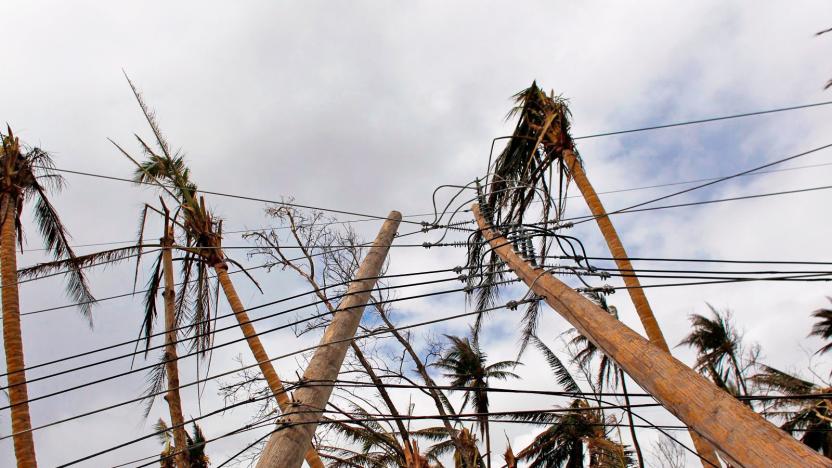
Puerto Rico governor will discuss Tesla solar systems with Elon Musk
Following hurricanes Irma and Maria, millions of Puerto Rico residents were left without electricity and it's expected to take months for power to be restored. Well one person mused on Twitter whether Elon Musk could help out by rebuilding the island's electricity grid with solar and battery systems and Musk responded that it wasn't out of the realm of possibility.

How Puerto Rico's power crisis ends
When Hurricane Maria crashed into Puerto Rico on September 20th, it found a vulnerable target. The island is facing an extreme financial crisis that's been building steam for decades; roughly 43 percent of its residents live in poverty. Its sole electric company, PREPA, is $9 billion in debt and has been operating with outdated equipment for decades. Its power plants are an average of 44 years old and rely on outdated oil-fired systems, while most plants in the United States are about 18 years old and use newer natural-gas generators. PREPA filed for bankruptcy in July, calling its own infrastructure "degraded and unsafe." Then the hurricanes hit. On September 7th, Hurricane Irma skirted Puerto Rico's northern coastline as a Category 5 storm, killing at least three people and knocking out power for more than 1 million residents. That weekend, PREPA was able to turn the lights back on for 70 percent of its affected customers, but others expected to wait months for power to return. Hurricane Maria made its way up the Caribbean on September 20th, bringing winds of 140 MPH and dumping 25 inches of rain on Puerto Rico. It devastated the island. Maria knocked out PREPA's electrical systems, leaving 3.4 million people in the dark, with little hope of a quick recovery. Officials have suggested it will take four to six months for power to be restored.

The West Coast is finally getting an earthquake early warning system
On September 19th, 1985, Mexico City was devastated by an 8.0 magnitude earthquake that killed as many as 30,000 people and leveled buildings across the city, including the 12-story Hospital Juárez, one of the oldest hospital institutions in Mexico. In response, the government set about creating the world's first earthquake warning system. One that, when an 8.1 tremblor set in on the city September 7th of this year, and a second 7.1 less than two weeks later, saved potentially tens of thousands of lives by giving them more than a minute's notice to head to safety. So why doesn't America have one along its Pacific coast as well? Turns out we almost do.
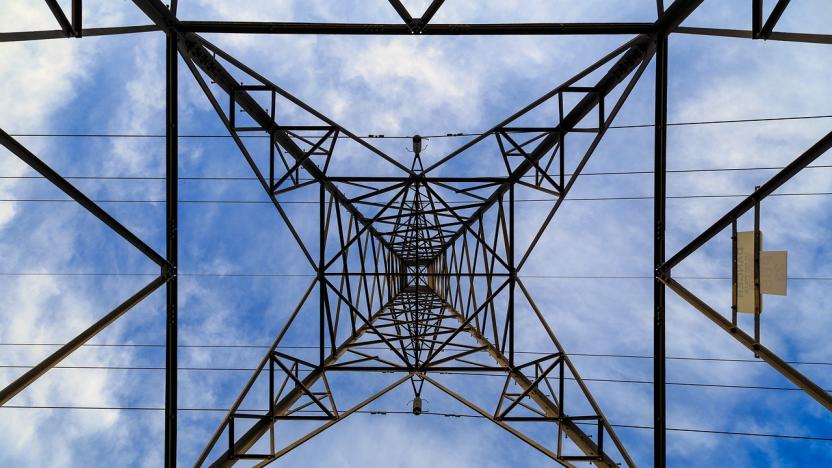
Your solar panels could power the neighborhood during a blackout
A new set of algorithms could make it possible for renewable energy-generating homes to not only access their power reserves during outages, but share their resources with their neighbours -- a move which could play a significant role in disaster relief efforts. Self-sufficiency is an attractive factor when it comes to domestic renewable energy, but even though it's the sun generating electricity, owners of solar panels are still beholden to the grid. During an outage, their equipment powers down for safety reasons, and it's impossible to draw on the renewably-generated electricity that's waiting to be used. We've seen companies produce kit to overcome this before -- Tesla's Powerwall home battery system can untether a home from the grid for a few hours, for example -- but researchers from the University of California San Diego want to scale up the technology to have a wider and more meaningful impact.

Carbon nanotube yarn generates electricity when stretched
Wearable makers have long sought to harvest electricity from your movement, but current tech is expensive and inefficient. However, researchers from Texas and South Korea have discovered a promising method using our good old friend, the carbon nanotube. The team twisted the lightweight tubes into tight, elastic-like coils, so that they rotate and generate electricity when stretched. The threads (called "twistron") could lead to new types of generators or self-powered wearables that can track your heart rate and breathing.
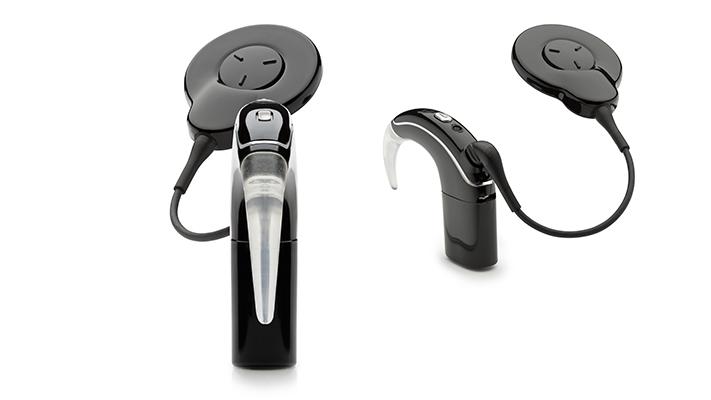
Apple adapted Bluetooth LE for ultra-low power hearing aids
Last month, Apple and Cochlear teamed up to showcase the latter's new made-for-iPhone implant for folks with hearing loss. Now, Wired has revealed that the pair had to stretch the boundaries of possibility to make one of its signature functions work. After all, pushing audio from a phone to any sort of earpiece will rinse its battery, which ain't great for hearing aids that are in constant use. That's why Apple cooked up a way to push audio to devices using a tweaked version of the Bluetooth Low Energy protocol.
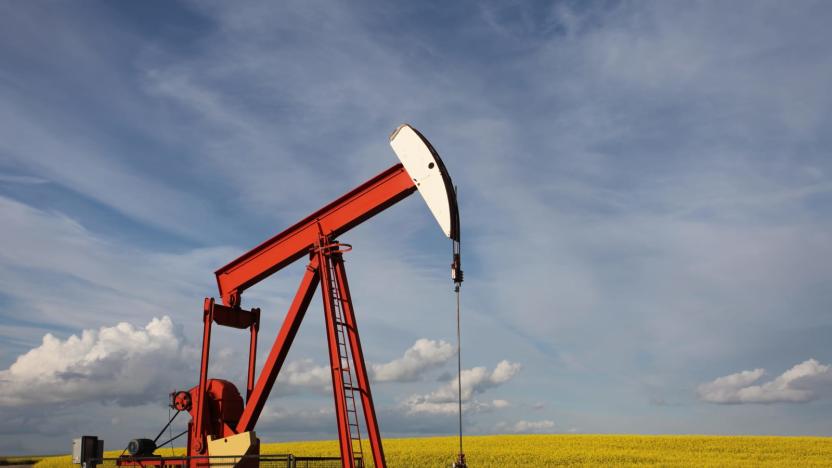
Bacteria could lead to cleaner methane power
Methane as a greenhouse gas isn't all that eco-friendly when used for power, but scientists might have a way to keep the damage to a minimum. Penn State researchers have crafted microbial fuel cells that can convert methane into electricity right at the well, without leaking loads of gas into the atmosphere by sending it through pipes. The team created a cocktail of bacteria (including a synthetic microbe you can't normally grow) that produces the necessary materials to grab and transport electrons from the methane. Not only is this a relatively clean process, the bacteria can run on waste products -- it might clean up the site as it generates power.
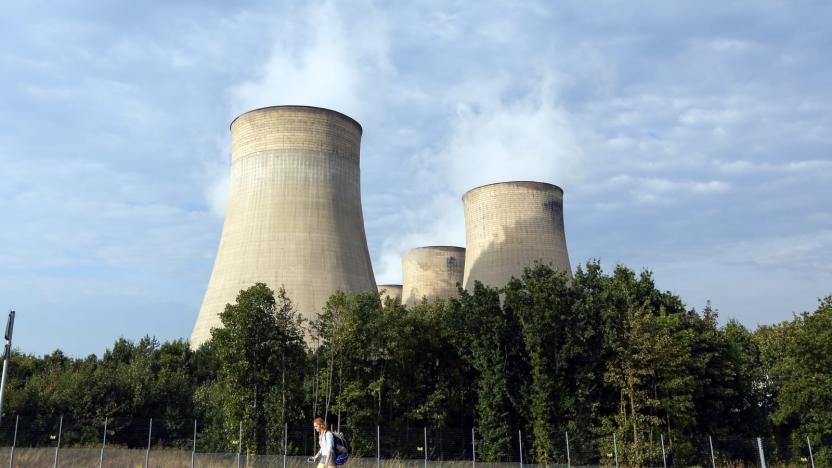
Britain has its first day of coal-free power in 135 years
Coal power has been a fixture of British culture ever since the country's first plant went live in 1882. It shaped the Industrial Revolution (and the air pollution that followed), was involved in major labor disputes and even led to a famous album cover. However, the country is now backing away from coal -- and it just achieved an important milestone in weaning itself off of this dirty energy source. The National Grid has confirmed that, on April 21st, Britain went without coal-generated power for its first full day in 135 years. There had been relatively long stretches in recent times (19 hours in May 2016, for instance), but none as long as this.
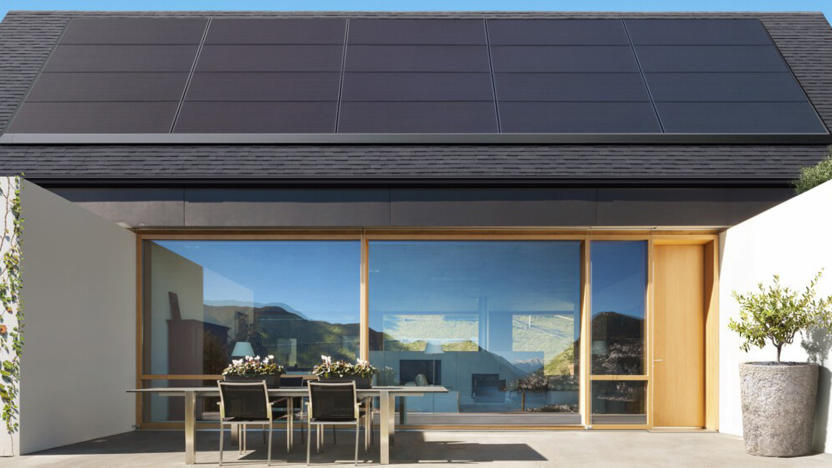
Tesla's sleek solar panels are easier to install on your roof
Tesla's home energy efforts might be centered around its solar roofs, but it knows that not everyone can (or wants to) rip up their roof just to bring renewable energy to their home. To that end, the company is offering a first glimpse at Panasonic-made solar panels that would go on top of your existing roof. Unlike many aftermarket options, this would be relatively slick and unintrusive -- the panels have "integrated front skirts and no visible mounting hardware." While it'll be patently obvious that you have solar energy on your roof, it shouldn't be the eyesore you sometimes get with conventional designs.
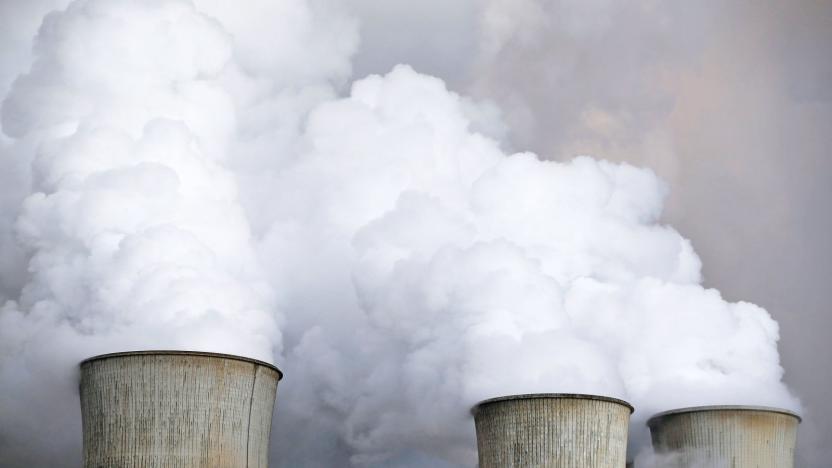
Coal's sharp decline leads to a drop in US energy production
Whether you like it or not, coal power is on the decline... and that's having a marked impact on American energy output. The US Energy Information Administration has published data revealing that the country's 2016 energy production dropped over year-over-year -- the first such drop since 2009. Most of it can be pinned on coal, whose output fell a steep 18 percent compared to 2015. Other energy sources dipped as well, but not by nearly as much. Natural gas and crude oil were down 'just' 2 and 7 percent respectively.










